
Preparing tea
Tea preparation is an ancient art.
Tea techniques and rituals vary across the world: the tea ceremony in Japan, the traditional technique in China, mint tea in Morocco, a simple linden blossom infusion in Switzerland, etc.
When preparing tea, several factors come into play:
- the amount of tea for a defined volume (cc/2 dl)
- the water temperature (°C)
- the steeping time without moving the filter (minutes)
The precision of these elements greatly influences the full development of the aromas, as well as the potential appearance of undesirable flavors in the beverage!
To achieve the perfect balance, we provide this information on every tea sachet. It is important to follow these instructions and not leave the outcome of your preparation to chance.
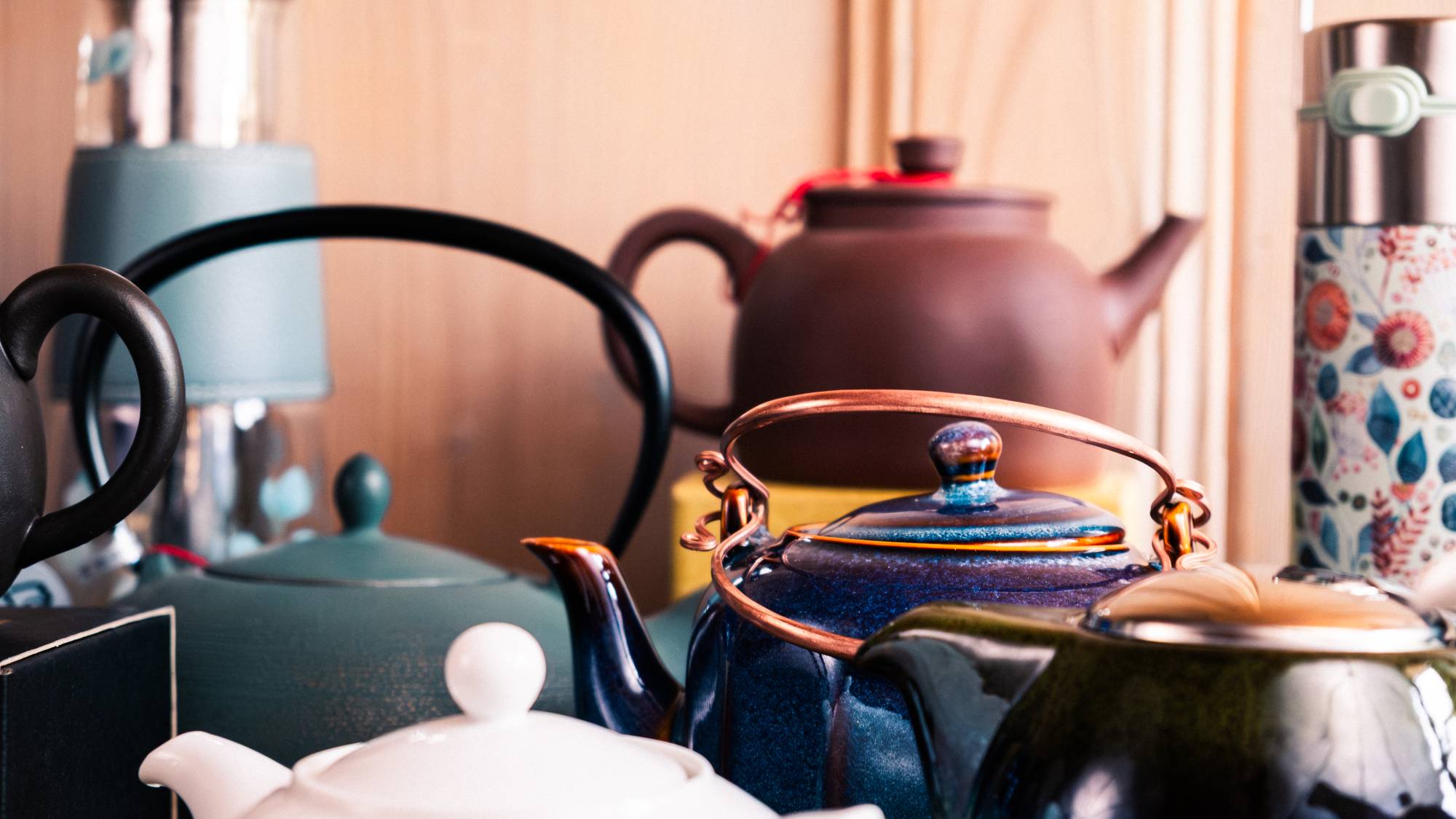
Ingredients and Tools
We always recommend using the appropriate utensils for a perfect tea tasting experience.
To prepare your tea, you will need:
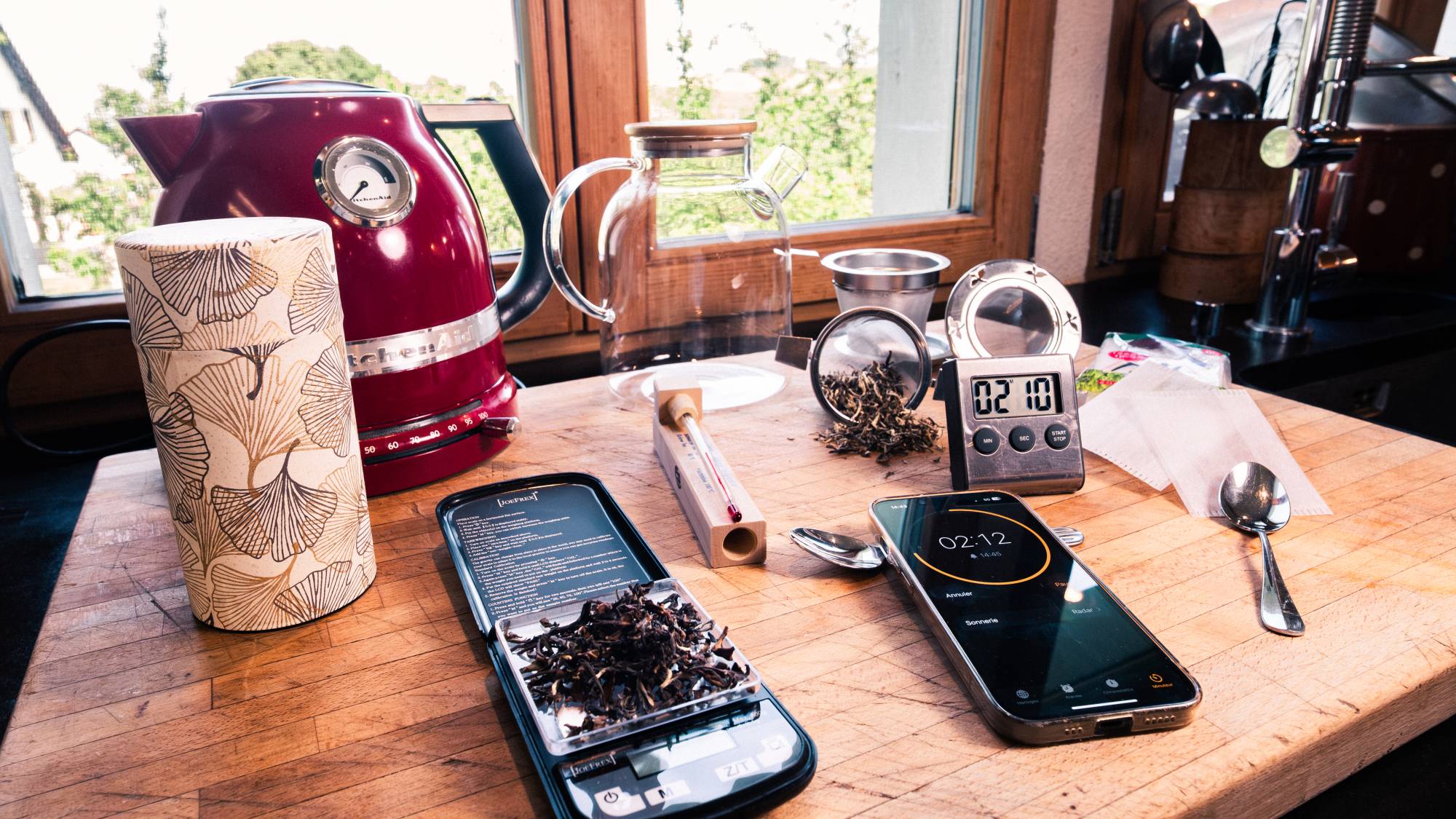
The quantity of tea
The universal measure is the teaspoon (cc) that everyone has at home, heaped: the number of teaspoons for 2 dl is indicated on each of our packages or on our website in the technical sheet for each tea.
For those who are precise, for all products containing the tea plant (Camellia sinensis or assamensis), 10–12 grams per liter are used.
In general, tea or herbs double in volume during infusion, so it is important to choose a filter size appropriate for the amount of tea intended for the container. Today, we favor open, reusable filters that allow the tea to fully expand, or fillable tea bags.
Regarding closed balls or tongs, we do not recommend them, as they are generally too small, compressing the leaves and preventing the water from flowing through naturally.
The filter with the tea or infusion must never be moved during the entire steeping time! Even at the end, remove the filter immediately after the indicated infusion time. Otherwise, you accelerate the process and will get an unpleasant taste!
Our Filters
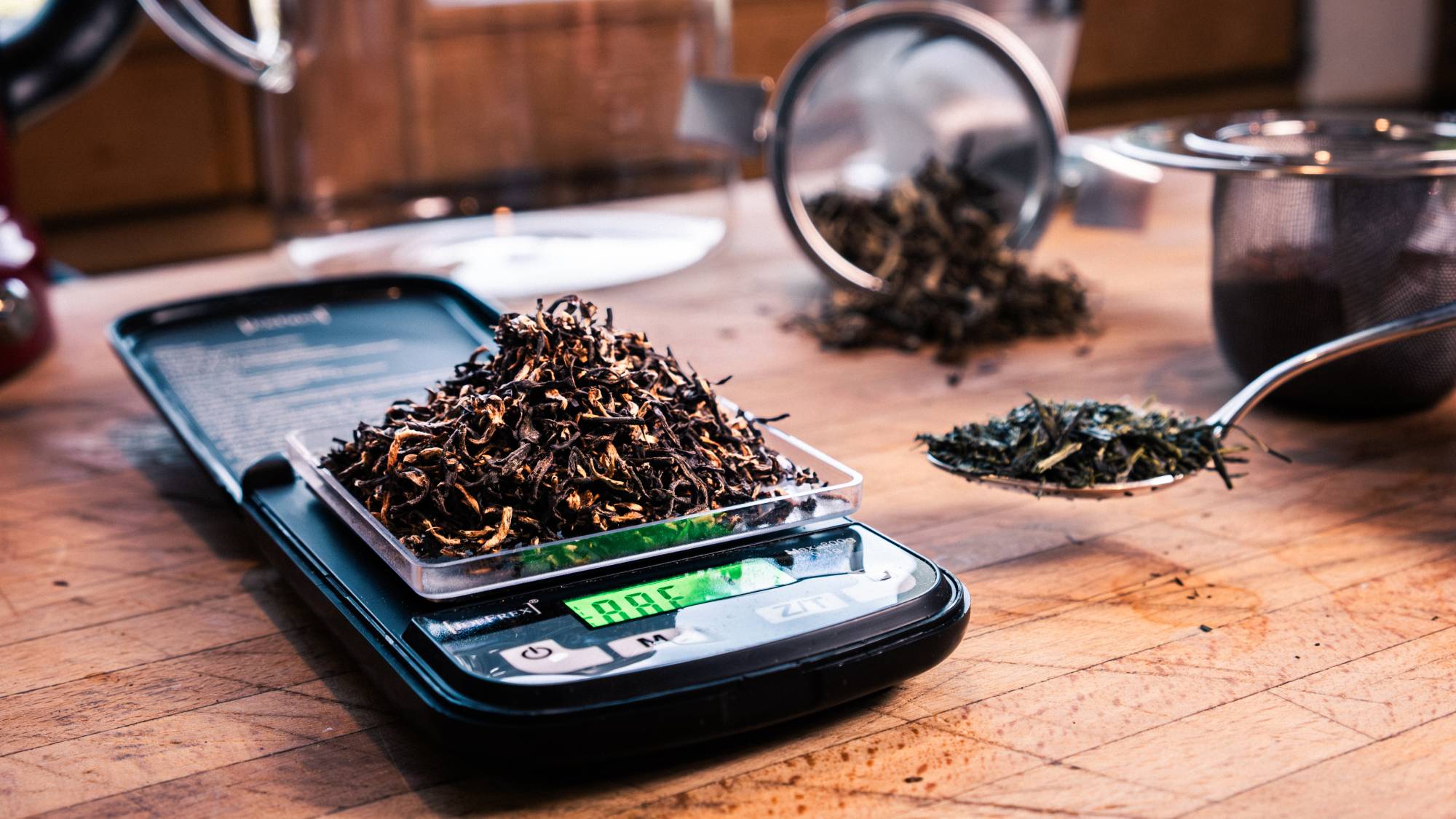
Water temperature
The water temperature must be precise and adapted to the type of tea chosen. This will reveal its aromas optimally.
Always pour the water over the tea or infusion. Do not dip the tea into the water, as it will float and not infuse evenly.
Only green teas and mate have infusion temperatures below 80°C; an inappropriate temperature will result in an unpleasant bitterness.
We recommend using a kettle with an adjustable thermostat or a simple thermometer.
You will find the indication on each of our labels or on our website in the technical sheet for each tea.
Shop
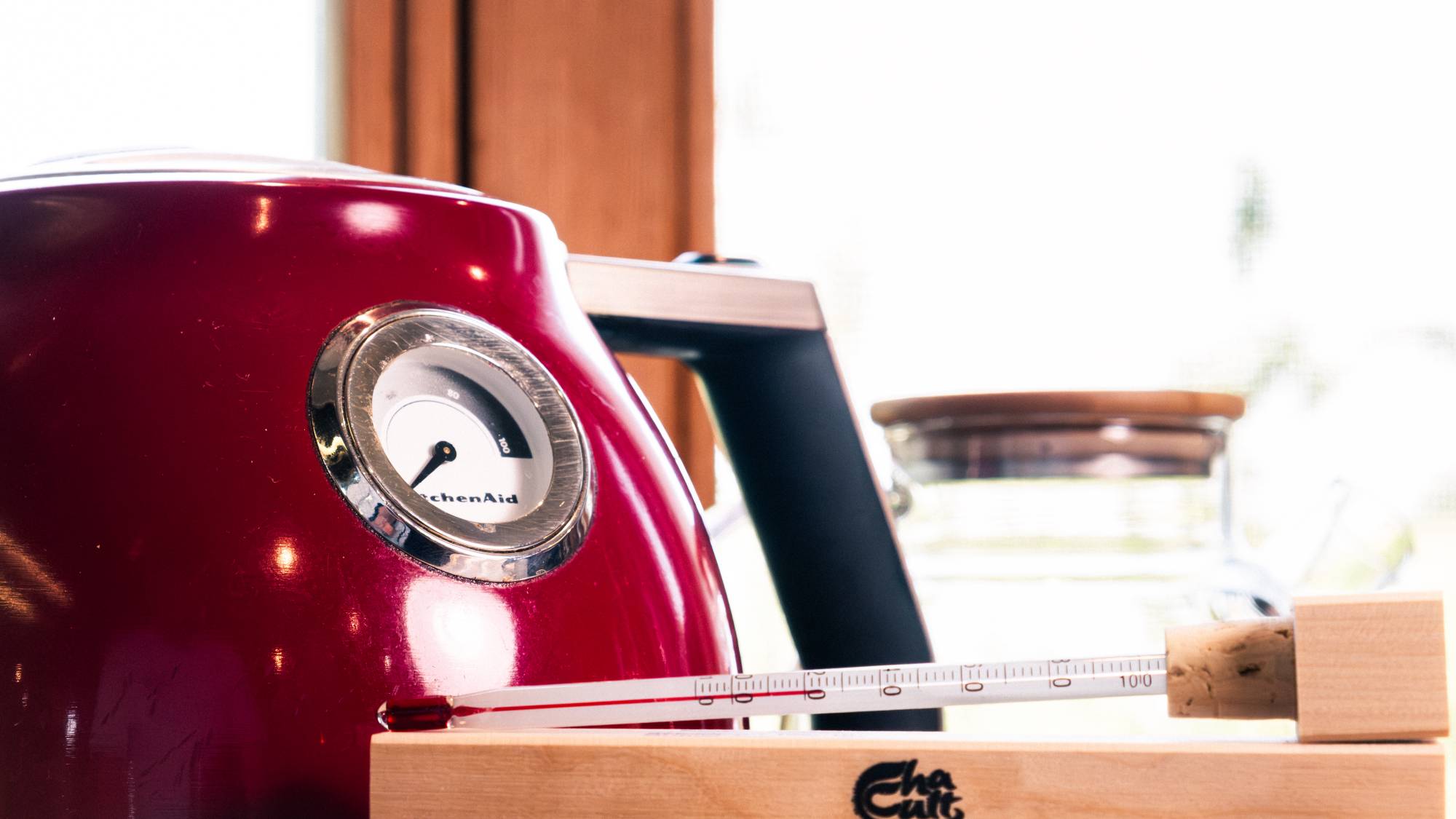
Infusion time
For the infusion duration, we indicate an optimal time range on our labels so that the infusion does not become harsh, bitter, or develop other undesirable flavors. If under-infused, it will not release all of its aromas.
Use a timer, alarm, watch, or the timer on your mobile phone to measure the perfect infusion time. This way, you will enjoy the same pleasure with every cup!
The filter with the tea or infusion must never be moved during the entire infusion time! Even at the end, remove the filter immediately after the indicated infusion time. Otherwise, you accelerate the process and will get an unpleasant taste!
Shop
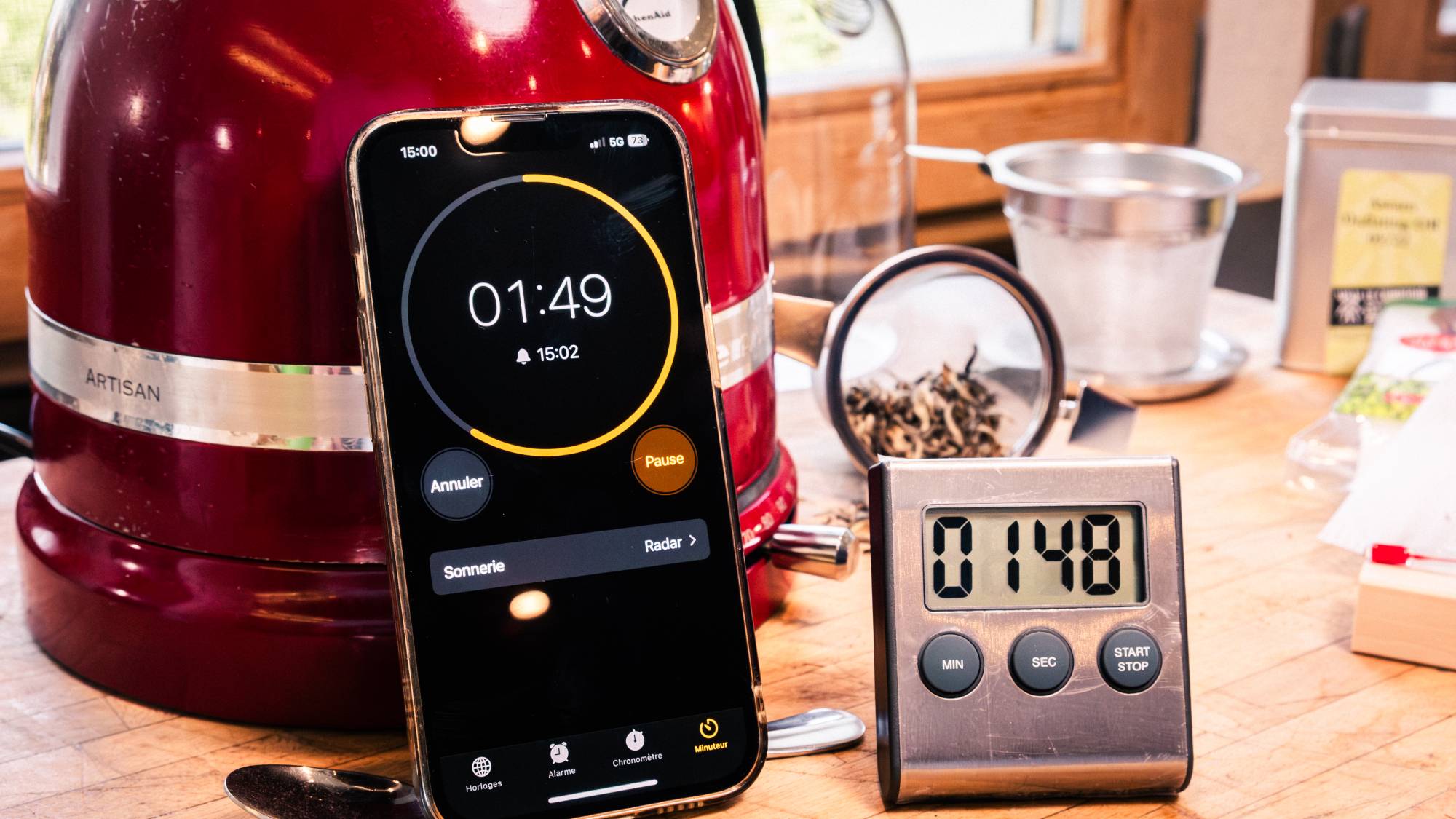
Tea Tasting
Depending on the temperature used, wait for the beverage to cool slightly: too hot and you risk burning yourself, and the aromas will not be perceptible!
In my impatience, my grandmother would cool the tea by pouring a small amount into another cup.
Lukewarm or cold, the flavors oxidize and lose their distinct characteristics, with the underlying structure of the product becoming predominant: harshness, astringency, bitterness, acidity…
For every moment of the day, find a flavor according to your taste and current mood, and escape for the duration of a cup of tea or infusion.

For preparing iced tea, it is not simply cooled tea—please refer to our chapter:
Preparing Iced Tea
We are always available to advise you according to your tastes and preferences, so don’t hesitate to reach out!
Our Teas and Infusions
Also discover:
Preparing Iced Tea